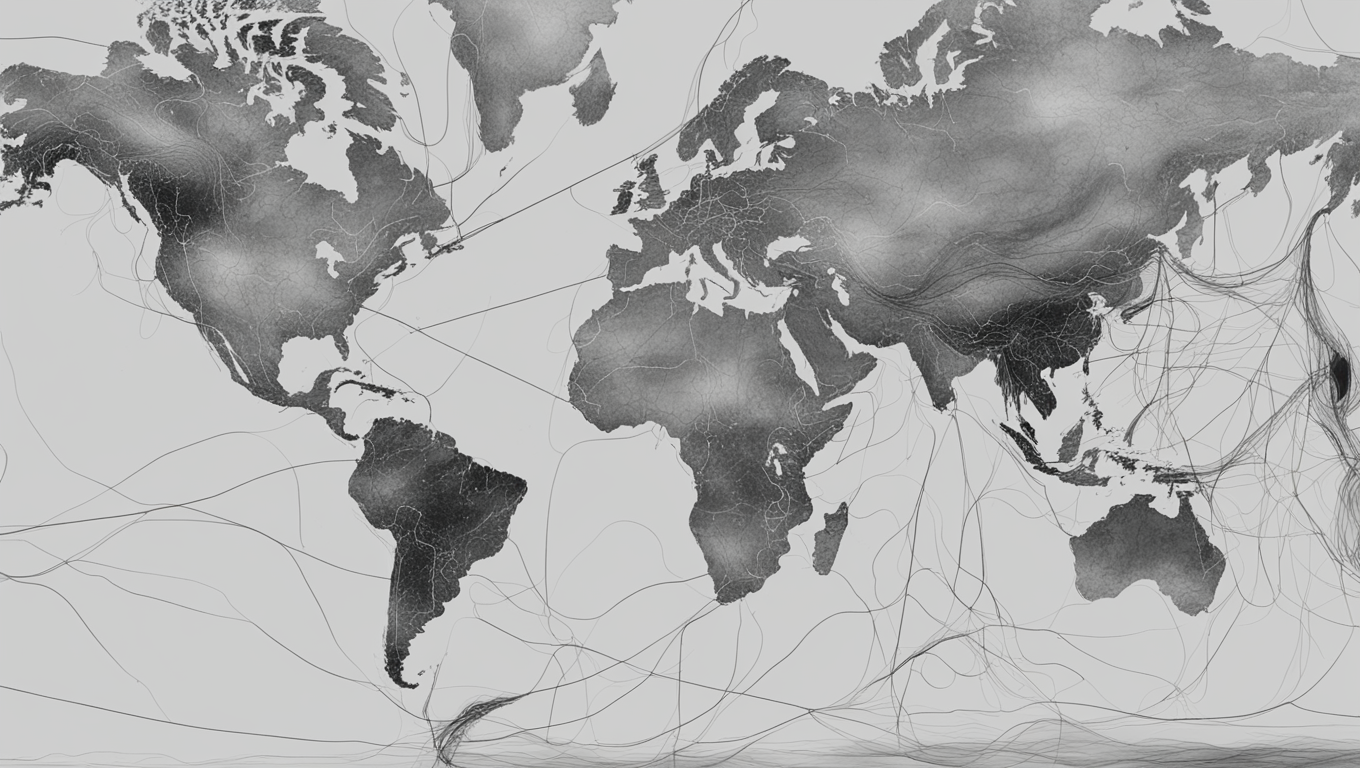In a groundbreaking study published in Nature, researchers have unveiled an artificial intelligence (AI) model that has the potential to revolutionize flood forecasting. With the increasing frequency of flooding due to climate change, accurate predictions have become crucial for the safety of communities worldwide. The current methods of flood forecasting heavily rely on stream gauges, which are monitoring stations placed along rivers. However, the distribution of these gauges is far from even across the globe, posing a significant challenge for forecasting in ungauged areas, particularly in developing countries.
To address this issue, Grey Nearing and their team developed an AI model that uses 5,680 existing gauges to predict daily streamflow in ungauged watersheds over a 7-day forecast period. The AI model was tested against the leading global software for flood prediction, the Global Flood Awareness System (GloFAS). The results were astounding.
The AI model not only matched the accuracy of GloFAS in predicting floods for the same day but also outperformed it by providing flood warnings five days in advance. This means that communities will have a longer notice period, offering them more time to prepare and evacuate if necessary. Additionally, the AI model demonstrated remarkable accuracy in predicting extreme weather events with a return window of five years. In fact, it either equalled or surpassed GloFAS’s predictions for events with a one-year return window.
“The results of our study indicate that this AI model has the potential to improve access to reliable flood forecasting, especially in regions that lack adequate monitoring systems,” says Grey Nearing, the lead researcher. “By providing more accurate and timely warnings, we can mitigate the devastating impacts of floods and save lives.”
The implications of this research are vast. Developing regions, which often bear the brunt of flooding, will benefit greatly from this AI model. With better forecasting, communities can allocate resources efficiently, evacuate residents in a timely manner, and implement preventive measures to minimize damage. This will not only save lives but also ensure the long-term safety and sustainability of these regions.
The power of AI to revolutionize flood forecasting lies in its ability to analyze vast amounts of data in a short period. Traditional methods heavily rely on manual data analysis, which is time-consuming and limited in its scope. AI, on the other hand, can process enormous datasets and identify patterns and trends that humans might miss. By leveraging this technology, scientists can gain a more comprehensive understanding of the complex factors that contribute to floods, allowing them to develop more accurate models and predictions.
While this AI model shows tremendous promise, there are still challenges to overcome. “We need to fine-tune the model and validate its performance in various regions with different environmental conditions,” explains Nearing. “Additionally, we must ensure that it is accessible and affordable for developing countries, where the need for reliable flood forecasting is most acute.”
As the world grapples with the impacts of climate change, innovative solutions like this AI model offer hope for a safer future. By harnessing the power of technology and collaboration, we can enhance our ability to predict and mitigate the effects of natural disasters. As Grey Nearing and their team continue to refine and improve the AI model, the vision of more resilient societies becomes increasingly attainable. Together, we can embrace these advancements and work towards building safer, more sustainable communities.





Use the share button below if you liked it.